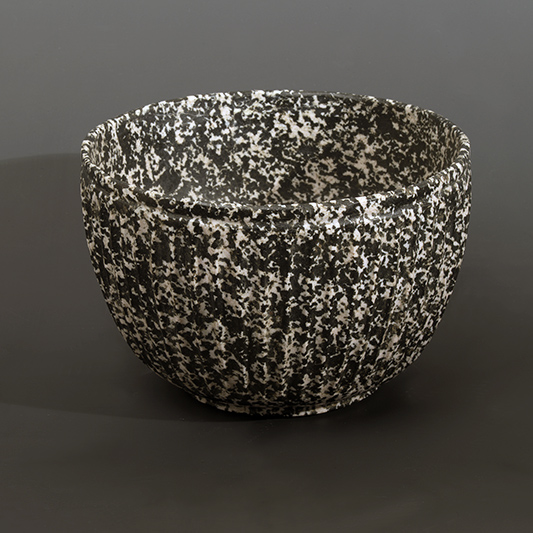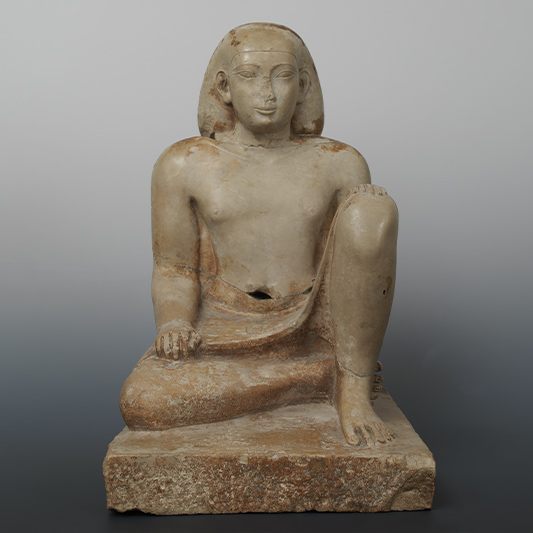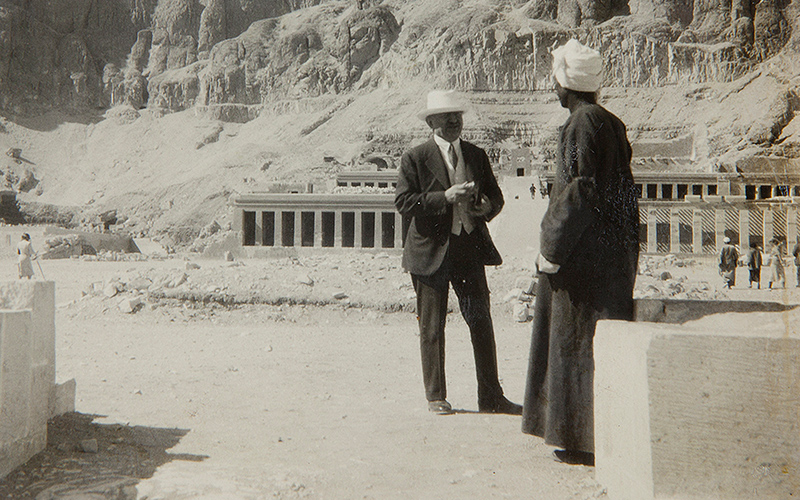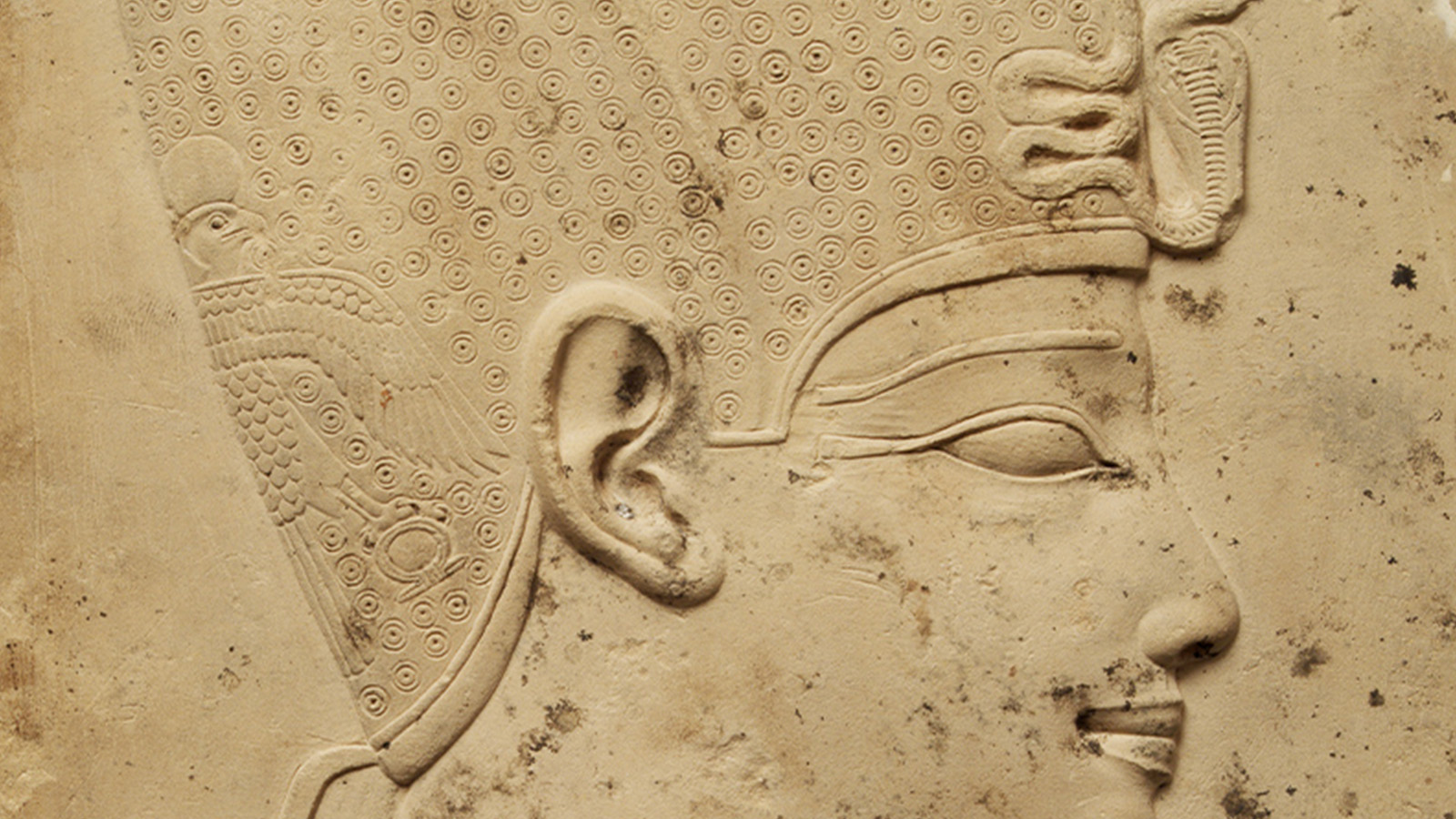Egypt
Calouste Gulbenkian’s collection of Egyptian artworks is testimony to his immense fascination with Egyptian civilisation. Despite not being particularly large, the set of works that he acquired is representative of different eras, allowing viewers to trace the development of art in Egypt.
Egyptomania gained strength in the late 18th century after Napoleon Bonaparte’s expedition to Egypt, with the aim of conquering the country. Despite being a military failure, the assault was highly fruitful in scientific terms and allowed the publication of several works on Egyptian civilisation, which drew large numbers of visitors to Egypt. Several important discoveries were made following Napoleon’s mission, including the deciphering of Egyptian hieroglyphs.


Calouste Gulbenkian acquired his first Egyptian piece in 1907: a bowl made from breccia with fluting dating to around 305-330 BC, which was extremely valuable because the material was so difficult to sculpt. Over the following years, Gulbenkian purchased works for this section of his collection more and more frequently, working with Howard Carter as his broker and adviser. Carter would later become known for discovering the tomb of Tutankhamun.
Despite his interest in Egypt, Gulbenkian did not travel to the country until 1934 (at the age of 65), when he had already gathered the most prominent pieces in this section, which are now on display in the Calouste Gulbenkian Museum.

The photograph taken by the collector during this trip, next to the statue of the god Horus in the shape of a falcon, was used by Leopoldo de Almeida as inspiration for the sculpture that can be found in the gardens of the Foundation.

In the 1930s, 26 of the 54 works in Gulbenkian’s Egyptian collection travelled from his home on Avenue d’Iéna in Paris to the British Museum in London, where they were displayed in an exhibition and accompanying publication, both funded by the collector himself. Following World War II, the works crossed the Atlantic and were exhibited at the National Gallery of Art in Washington (two were transferred to Brooklyn Museum in New York, where they were exhibited).
In 1960, the works returned to Europe, this time to Portugal, where they remain to this day. The permanent exhibition of the Calouste Gulbenkian Museum contains 40 Egyptian art objects, including several heads, statuettes and bas-reliefs, among others.
Collection of Stories
Where have the artworks been, before being acquired by Calouste Gulbenkian? Who were their authors and their protagonists? What curiosities do they hide? In this series, discover the various stories behind the Museum's collection.

